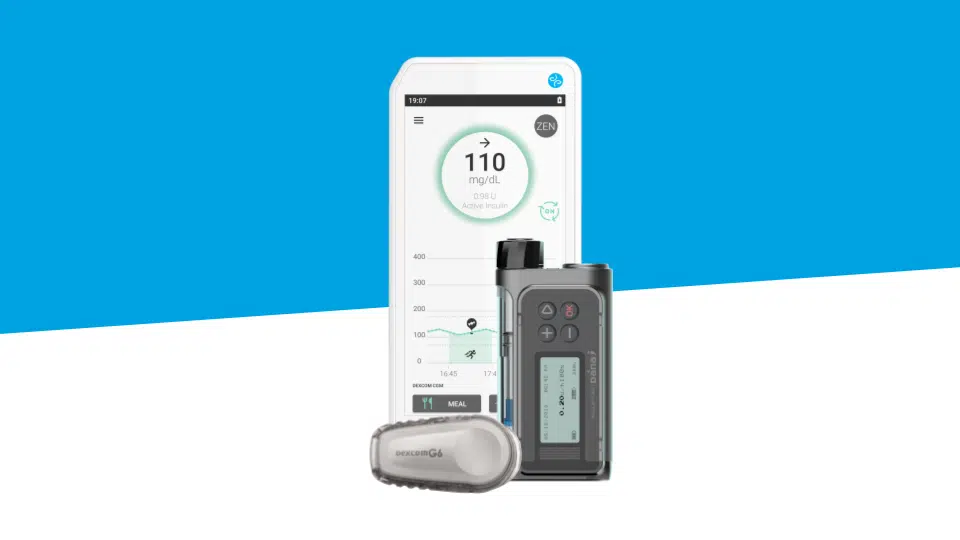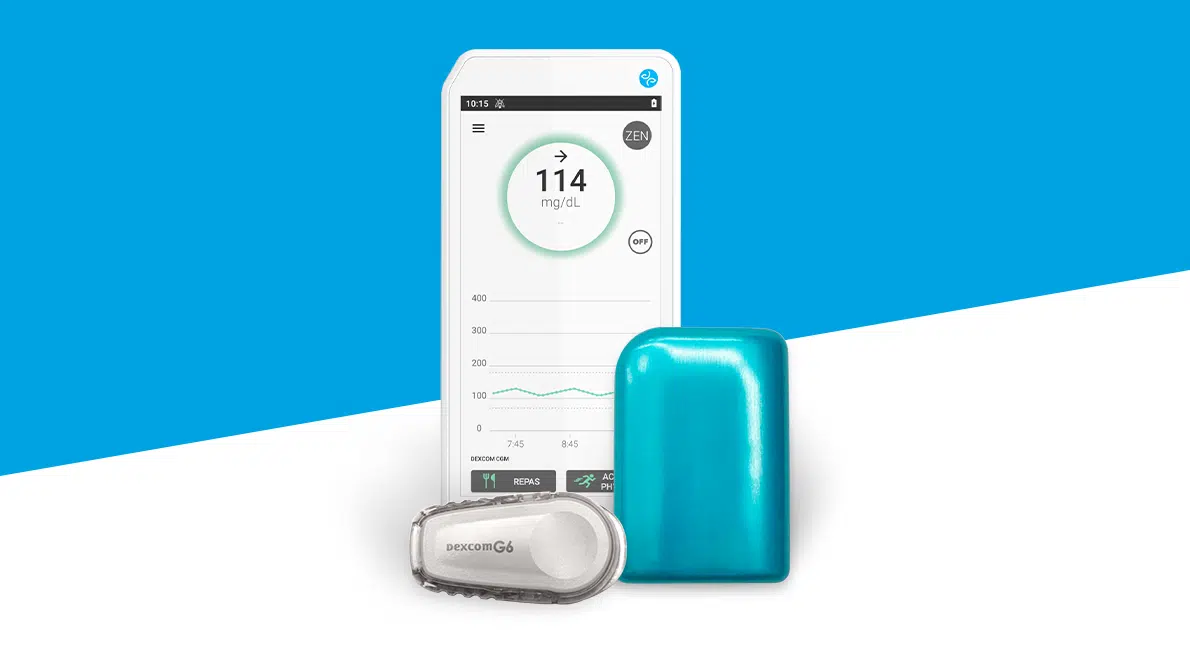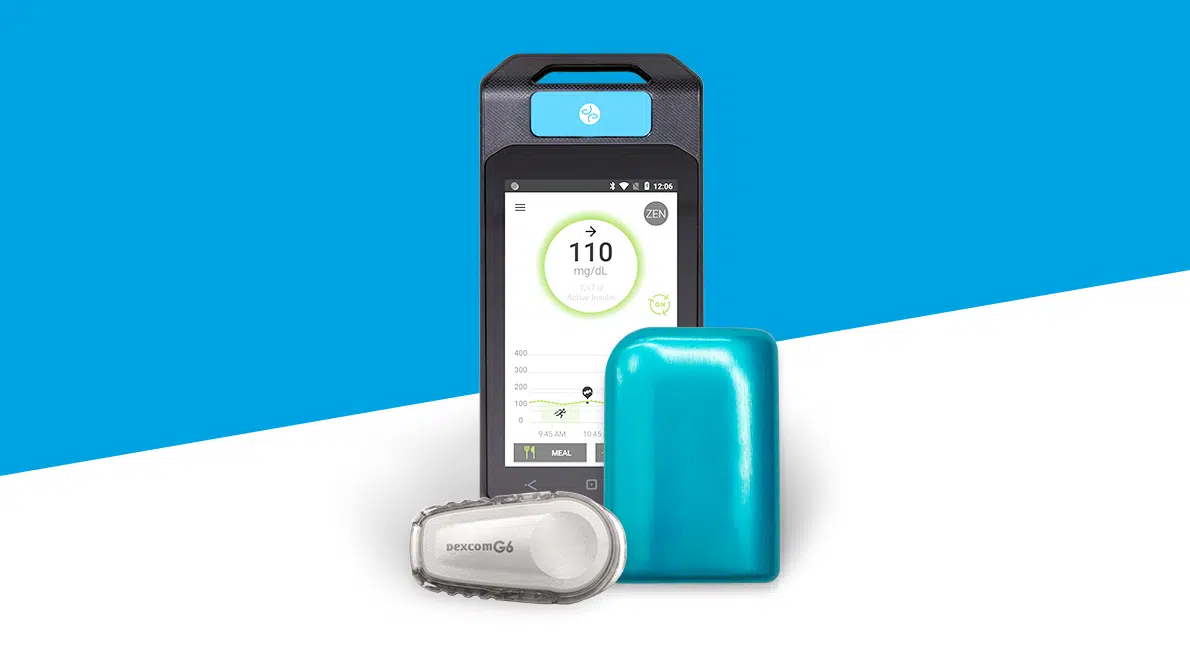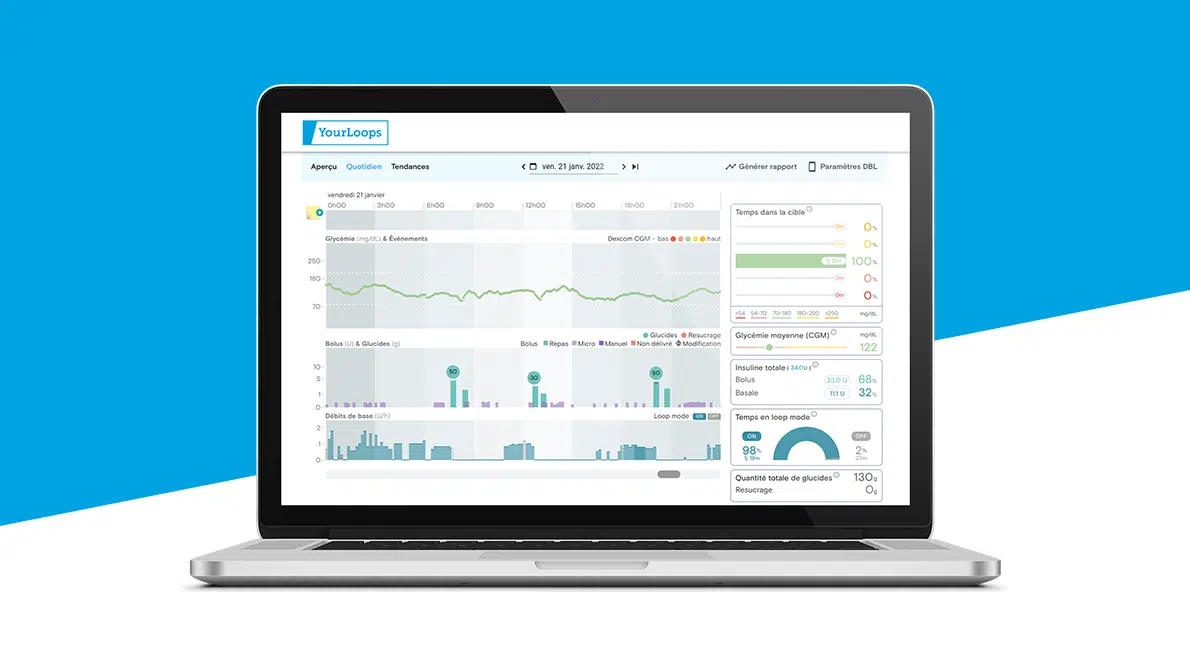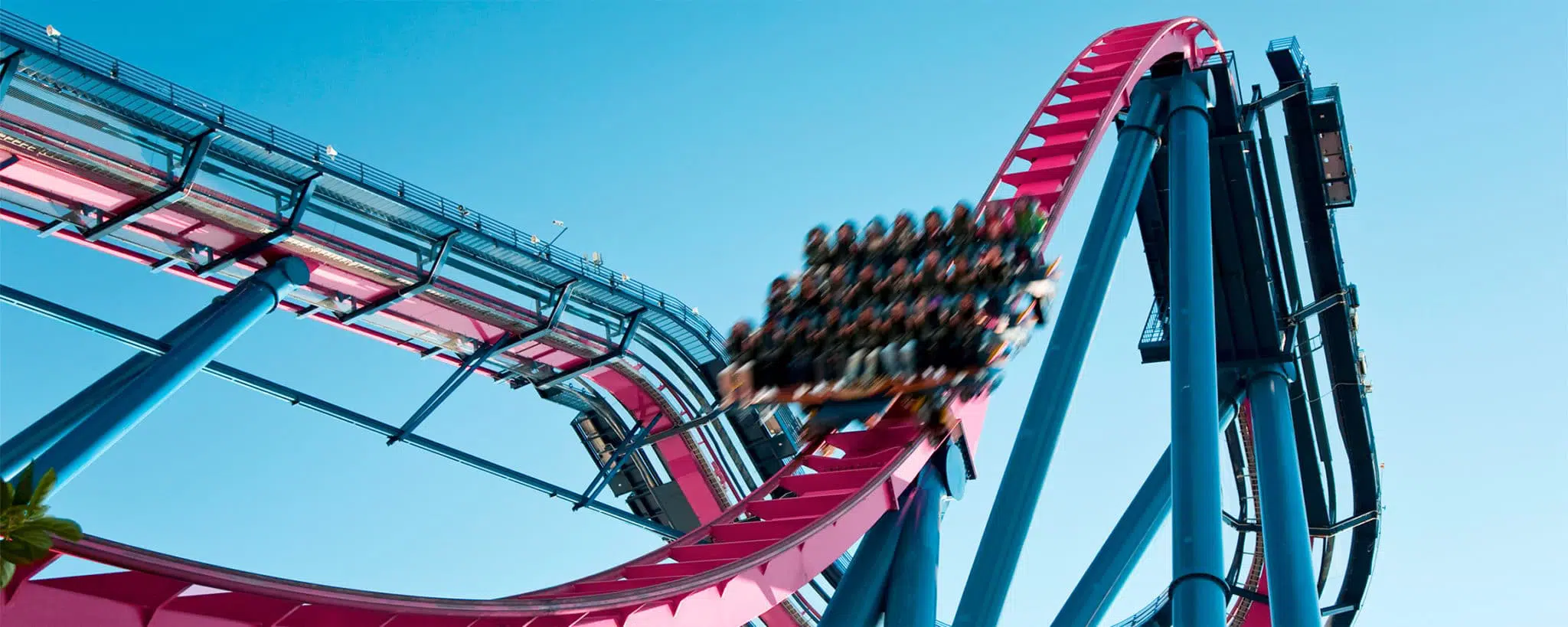
Trips to amusement parks when you live with diabetes
|
You want to have fun with your family and/or friends, enjoy some rides, experience some thrills, and sometimes even push yourself beyond your limits? If so, the perfect option for you is a trip to an amusement park.
But is this possible when you live with diabetes? The answer is yes! Like many other things when living with diabetes, you just have to plan ahead and take some precautions.
Your plan is to ride the roller coasters without giving your blood glucose levels a bumpy ride!
Diabetes can be inconvenient in an amusement park
Having a fun day and making the most of all the thrills in store for you, you should know that several factors can affect your blood glucose levels, which means that you’ll have to adapt the way you manage your diabetes. These factors include:
- Walking: the parks are often huge and have very extensive grounds. Although it may not seem obvious at first glance, it involves physical exercise. Given all the miles you have to walk, it may cause hypoglycemia. Remember to take something in your waist bag or backpack to quickly replenish your sugar levels, and check your levels regularly.
- Waiting: long lines can delay meals and require some adjustments to keep your blood glucose level on an even keel.
- Adrenaline: thrills and chills often have an effect on glucose levels. In my case, it’s somewhat on the rise, but obviously, each person is different and we don’t all react the same way.
- Meals: in order not to waste too much time and do as many rides as possible, your’ll often have to eat your meals on the go. This shouldn’t change much from the usual, whether you’re packing your picnic or having lunch at one of the park’s snack bars/restaurants. You will need to calculate your bolus based on the carbs you are going to eat. Given that most people look to have fun when they go to an amusement park, it may be necessary to consider taking a few more carbohydrates than usual. Once you have a suitable bolus, it’s off to the next attraction!
- Diabetes management equipment (insulin pump or pens, blood glucose sensors or meters, etc.): be careful not to lose them or accidentally tear them off by making a sudden movement, with the excitement of the attractions, when fastening safety belts or lowering protection bars or even as you move through the crowds.
Special easy access to certain parks
Depending on the park, people living with diabetes can sometimes take advantage of “passes” that facilitate their access to the park and attractions. Thanks to these passes, holders with diabetes can avoid the long lines and manage fluctuations in their blood sugar levels more easily.
Usually, people don’t go to an amusement park alone. Very often, these ride passes are valid for those who have diabetes and at least one accompanying person.
It is quite easy to find the special access conditions for people living with diabetes on the park’s websites.
Most of them require a medical certificate stating that you have diabetes and that you find it difficult to stay in long lines (risk of hypo- or hyperglycemia, etc.)
To avoid any unpleasant surprises, you should make the necessary inquiries before your visit. If you have not had the opportunity to do so, take at least one medical certificate with you and go to the park reception where you will be given the information you need about necessary paperwork.
To benefit from a ride pass, some parks require a physical disability card.
Not only do people living with diabetes not have one, but some do not want one because they do not necessarily consider diabetes to be a disability. But, this is another issue that can be sensitive.
Some people are entitled to this card because of the complications associated with the chronic disease (neuropathy, diabetic foot, amputation, etc.)
Whether it is not being able to participate in an attraction, experiencing a drop in blood glucose levels after two hours of waiting, wanting to go to the bathroom when you’re in the middle of the line with no way out, endless lines that get on your nerves and lead to a high blood glucose level… we’ve all experienced this annoying situation. These are times when, despite not being invited to the party, diabetes rears its head, and let’s admit it, these ride access measures can be really helpful. We did not choose to have diabetes and yet it follows us 24 hours a day. Thanks to these passes, we can enjoy a trip to an amusement park with more peace of mind.
That said, with or without a pass, the goal is still the same: having a good time, having fun, taking full advantage of the day while minimizing the effect on your blood sugar and, above all, without putting yourself in danger.
Attractions and diabetes: some practical advice
If you like high-thrill rides, be careful as it can lead to hyperglycemia. High thrills lead to the production of adrenaline, which is a natural hormone that causes hyperglycemia. After a scary or intense sensation, there will be excess levels in the blood.
So, check your blood sugar before getting on the attraction and check yourself again 15 minutes later. This is, on average, the time it takes for adrenaline to reveal the first signs of hyperglycemia.
Once again, each person is different. It’s up to you to learn from your own experience and understand how your body reacts to the stimuli of adrenaline.
For people on an insulin pump, a small temporary flow can be useful to avoid hyperglycemia which can spoil your day.
To make the most of the attractions and the fun to be had, the challenge is to avoid hypoglycemia. To minimize this, try not to skip meals and do not hesitate to take small breaks to eat a light meal or snack if necessary. Amusement parks are full of mouth-watering possibilities. It’s always better than trying to boost your blood glucose level on the roller coaster…
Make sure you have the following in your backpack:
|
With all of this, you should be ready. So, have fun!



